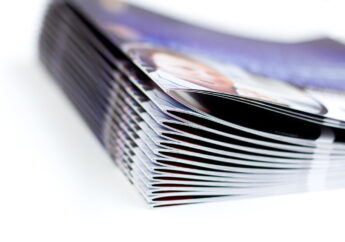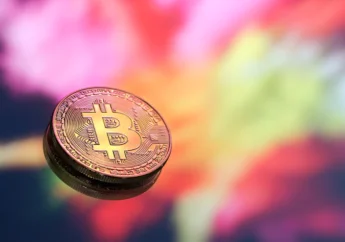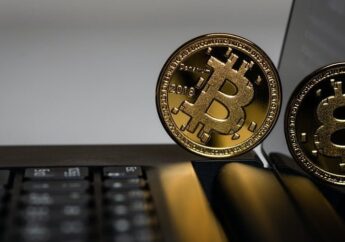A Deep Dive Into Commodities Trading For Budding Traders Of 2025
by Subham Kamila Investing 17 January 2025
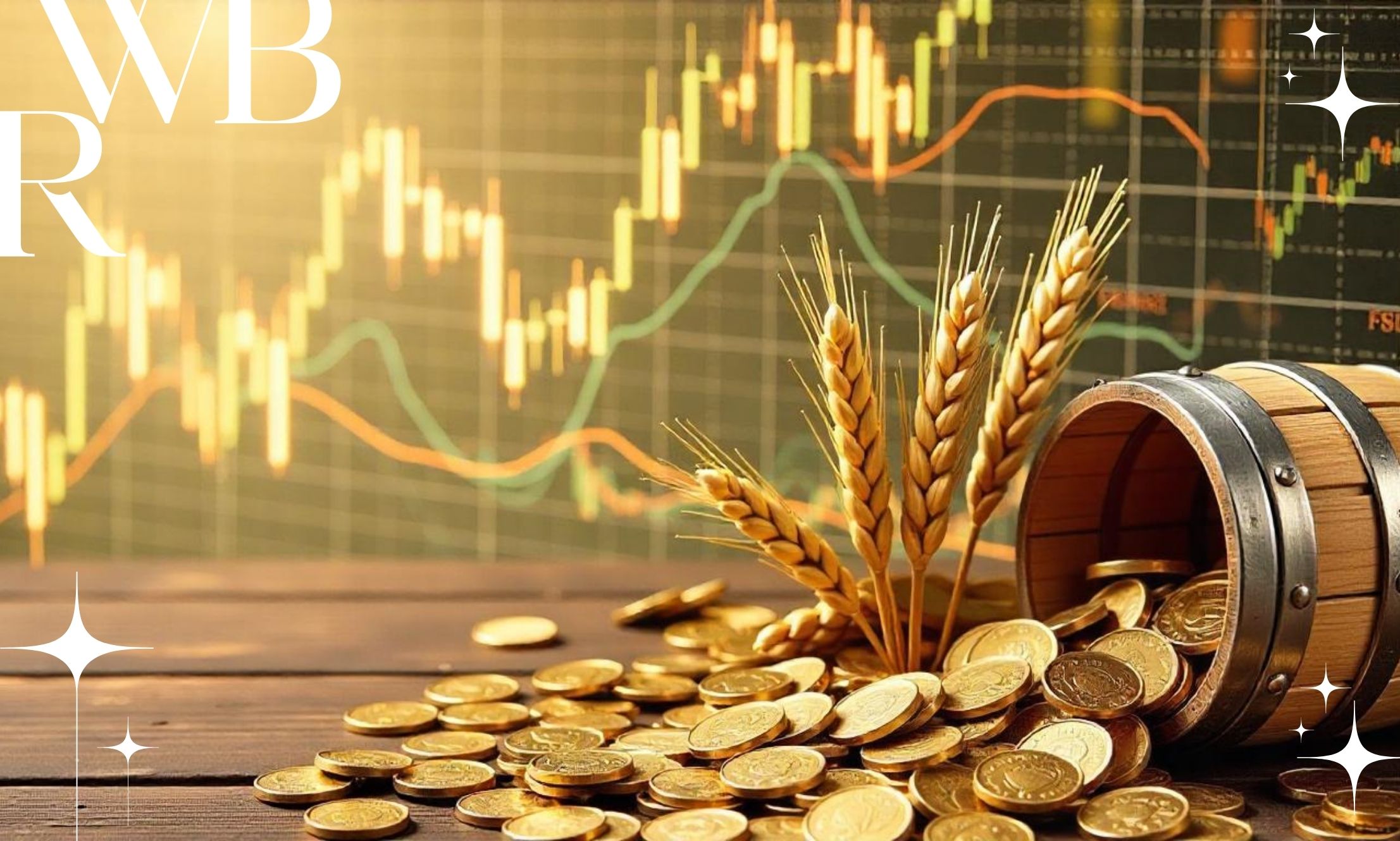
Everything sells. This is one of the most significant and most prominent truths of the current time. If a commodity has a use, then it can be sold. There will be a market that is willing to pay real money to get it. Today’s topic is based on something like that.
Today, we will be looking at the robust and complex market called the commodities trading market. Well, what is a commodity trading market? How does it function, and what are its caveats? All of these questions will be discussed in today’s article.
Therefore, consider learning more about this robust industry and how you can be a part of this business vertical. Let’s go!
What Is A Commodity?
Before we delve deep into this conversation, let us get the fundamentals out of the way. What is a commodity? Going by the technical definition, a commodity is anything that comes from natural resources.
Therefore, commodities must be mined, grown, processed, or reared. These are then processed to make more complex goods and materials. Thus, commodities only come from natural resources, and this is one of the most significant markers that you need to remember.
Commodity trading has been around for centuries. Human beings have been trading or bartering natural resources for years. However, the modern-day market has made the process more complex. This is why we need a deeper understanding of the same.
History Of Commodity Trading
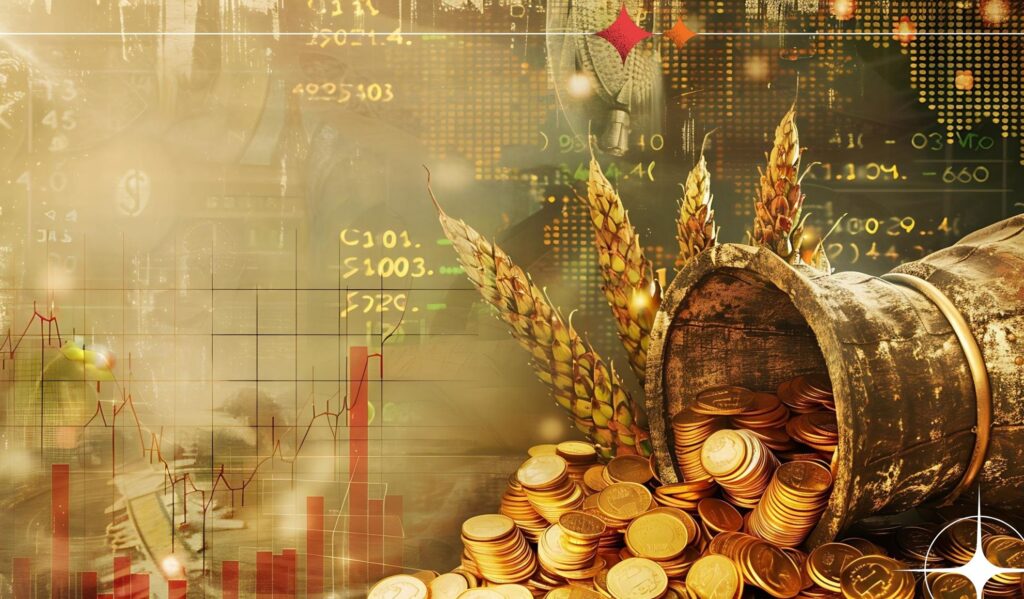
History does not concern a budding entrepreneur. Right? Well, you cannot be more wrong. Yes, it is tedious to read what has happened in days gone by, but IT IS IMPORTANT. So bear with us for a second!
Commodities trading has one of the most robust and extensive historical journeys compared to other forms of trading. In fact, it is one of the oldest professions in the world. This form of trading has one of the longest-running history compared to crypto, stocks, etc.
Understanding this trade is not just about understanding the business landscape. In fact, it is also about understanding colonialism and how it shaped the business into what it is. Commodities trading started with a system called bartering.
‘You give me rice, and I will provide you with wheat.’ This was the general premise of this form of trading. However, as time went by, the complexity in the process came to exist. Trading eventually moved from localized affairs to something present on a more global scale.
Therefore, the cost of transporting goods also came into play. As a result, the bartering system became outdated, and people started using fiat currencies to trade. Railways facilitated this trading in its early stages.
Cut to 2025, commodities trading has evolved and become one of the most robust forms of trading of present times. This is solely due to the inclusion of technology and the expansion of the itinerary.
Types Of Commodities
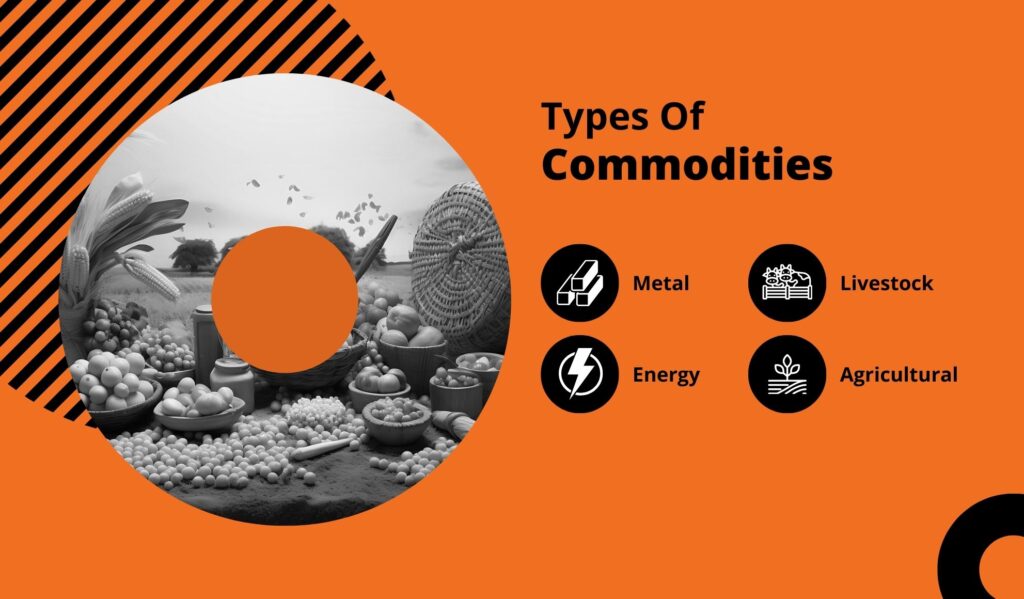
Commodities trading started simply. It began with components like natural resources, livestock, spices, etc. However, the itinerary evolved, and more components began getting involved.
Here, we will be looking at all the products that are included in the itinerary. However, remember that this sector is dynamic in nature. Therefore, you can expect to see some changes over the year.
Still, for now, these are the elements that are included in the itinerary of commodities:
Metal
Metal commodities fall under the category of natural resources. Any usable metal, like copper, platinum, gold, silver, copper, etc., falls under this category. This is a very lucrative vertical for commodity traders.
In recent years, experts have noticed that the bear market tends to drive investors to metal commodity trading. This is primarily because many novelty metals like silver and gold retain their value. This means they do not go through a complete overhaul at any point in time.
Meanwhile, metal is a non-perishable good. Therefore, storing metal and metal products is also easy and cost-effective. Hence, making them perfect for storing and trading.
Energy
Next in line is energy. Energy is one of the most prominent elements of today’s world. Experts believe that it will take around a few hours for a country to cripple if they do not have power or energy. This shows the gravity of the situation.
Energy-based commodities include heating oil, crude oil, gasoline, natural gases, etc. All of these commodities help keep the cars running and lights on. Therefore, these resources are always in demand.
As a result, dealing with energy commodities can make you super rich. Then again, breaking into the energy industry is not an easy feat. You need to have enough starting capital and connections to do so.
Livestock
The third element of the commodities’ trading industry is the livestock and meat market. This is one of the oldest verticals in this industry. Human beings have been trading meat and livestock products ever since they started domesticating animals.
The livestock industry is a volatile industry due to the nature of the products. Livestock products are primarily perishable in nature. Therefore, these products need to be sent out as early as possible. Thus making this a fast-paced industry.
The livestock market is a global market. In fact, every sector we talked about till now is of the exact nature. However, since these products are perishable, they need to follow specific regulations.
Agricultural
The final vertical is the agricultural side of the business. The agricultural vertical is closely related to the livestock vertical. In fact, most companies that delve into agricultural commodity trading also engage in livestock trading.
These follow similar regulations to livestock trading as these products are also perishable in nature. However, this is more volatile compared to the livestock industry. The agricultural sector is heavily dependent on the climate.
Therefore, climate change can pose a eal threat to this industry in upcoming years, which can influence the overall price and overall essence of the industry. Therefore, making it an important aspect.
Trading Roles In Modern Day
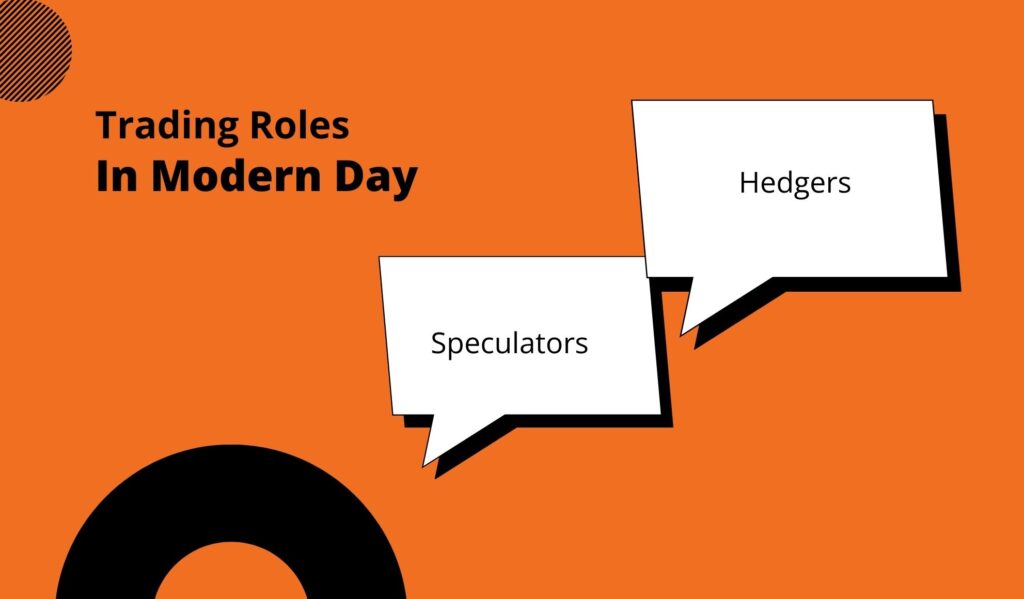
Being a trader is not the most challenging thing to be. However, it comes with its own caveats and problems. Therefore, understanding the role you need to play becomes crucial. Otherwise, you will be nothing but a confused kid who has no clue what that is.
This section is meant to help you guys with that essence. Here are two of the prominent trading roles that people assume who want trade in commodities in the modern day. Then again, as we have said, this is a volatile industry. Hence, roles can change over time.
For now, let us look at the roles that exist for now.
Speculators
Speculators are not direct traders. Their primary role is to predict the price of a specific commodity. For example, they will look at the current price of gold and would try to speculate on the movement of the cost.
Speculators primarily work in tandem with direct traders. Traders invest; speculators guide. This is generally how it works. However, some speculators can be direct traders as well. Therefore, you are free to pick your role.
Hedgers
Next in line are hedgers. These people also speculate on the pricing movement. However, their role is to anticipate the challenges that the future might present. In other words, they are the risk managers of the commodities trading world.
They help businesses to get future contracts. Contracts that bind a seller and buyer in some agreement that lock the prices. In other words, the price movement would not affect the deal. Hence, the seller will have to sell at a fixed price, even if the market price shoots up.
Steps To Invest In Commodities
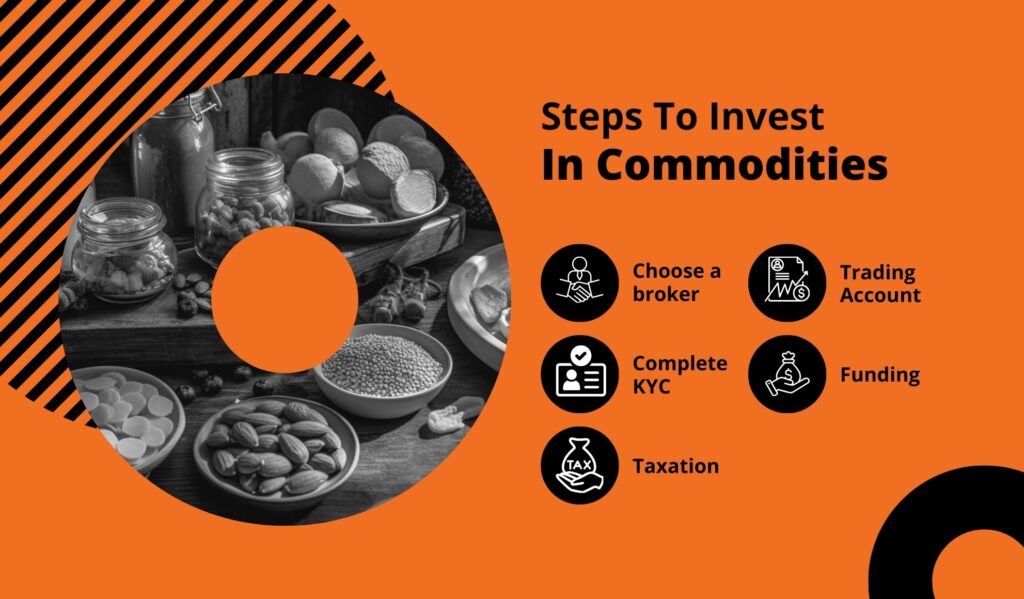
Thinking of investing in the commodities trading market? You need to have some clarity on the steps that you have to follow. Here is a brief rundown of the things that you need to do in order to begin trading in this market:
Choose a broker: You need to start your journey by choosing the right commodity broker. The right broker would help you to get the right product for your business goals. Therefore, seek professional guidance.
Trading Account: The next part of the process is to open a trading account. A trading account will help you to move your funds and store as well.
Complete KYC: Next, you need to complete the KYC process. KYC will allow the broker to know you and choose commodities according to your needs and wants.
Funding: You can only begin trading once you have enough funds in your account. Otherwise, you will run into problems. Even if you are selling commodities, you need funds to acquire them. So, refill the account with funds.
Taxation: Always pay your taxes at all costs. Otherwise, you will run into regulatory troubles, which can derail your business vision. Hence, pay the taxes and make sure that you have all the documents highlighting the same.
The Final Thought
In the end, the commodities trading sector is one of the most archaic forms of trading known to human beings. We have been trading commodities for a long time, but now things have become more complex and robust.
If you genuinely want to break into this sector, follow these steps and understand the key points we have mentioned. It will help you get the lay of the land and make a profit at the same time.
Leave feedback if you liked this piece of content and keep following us for more.
































































































